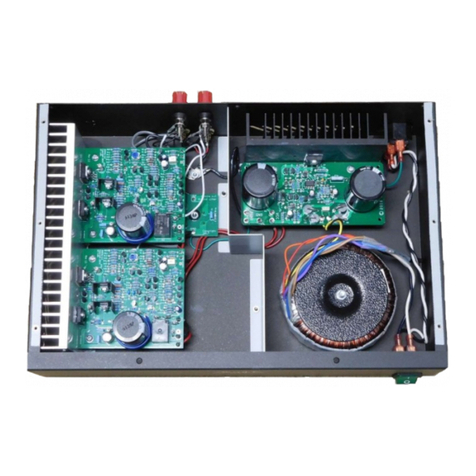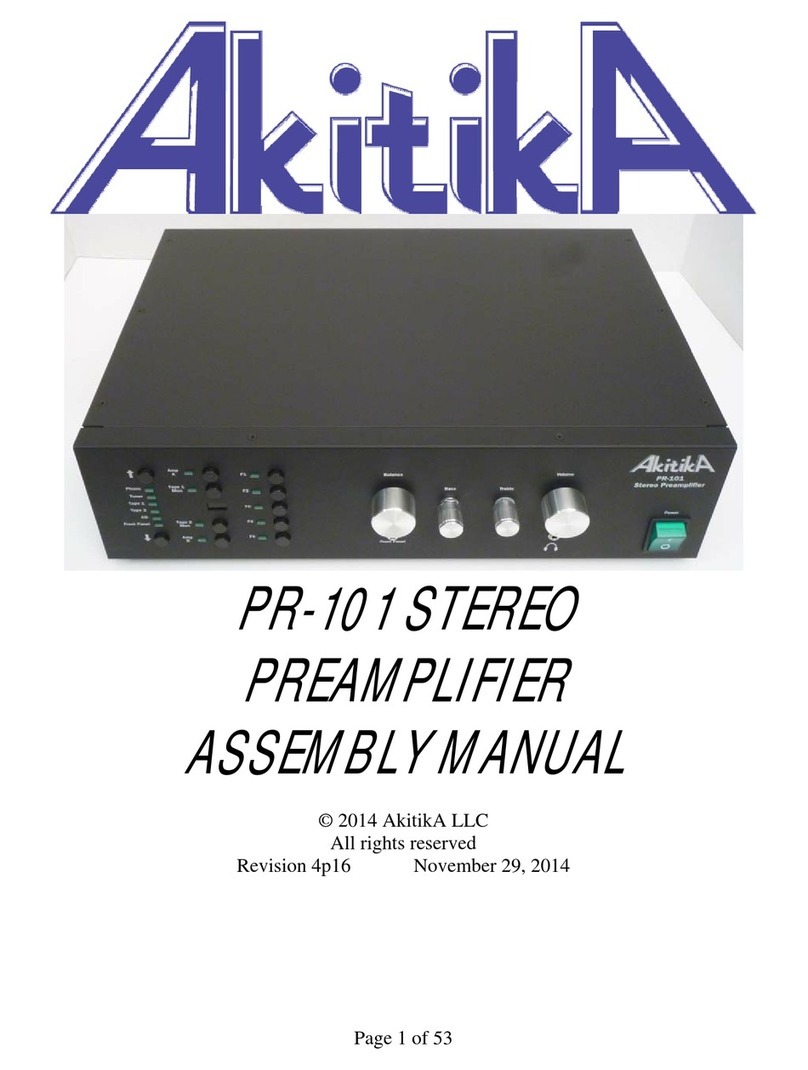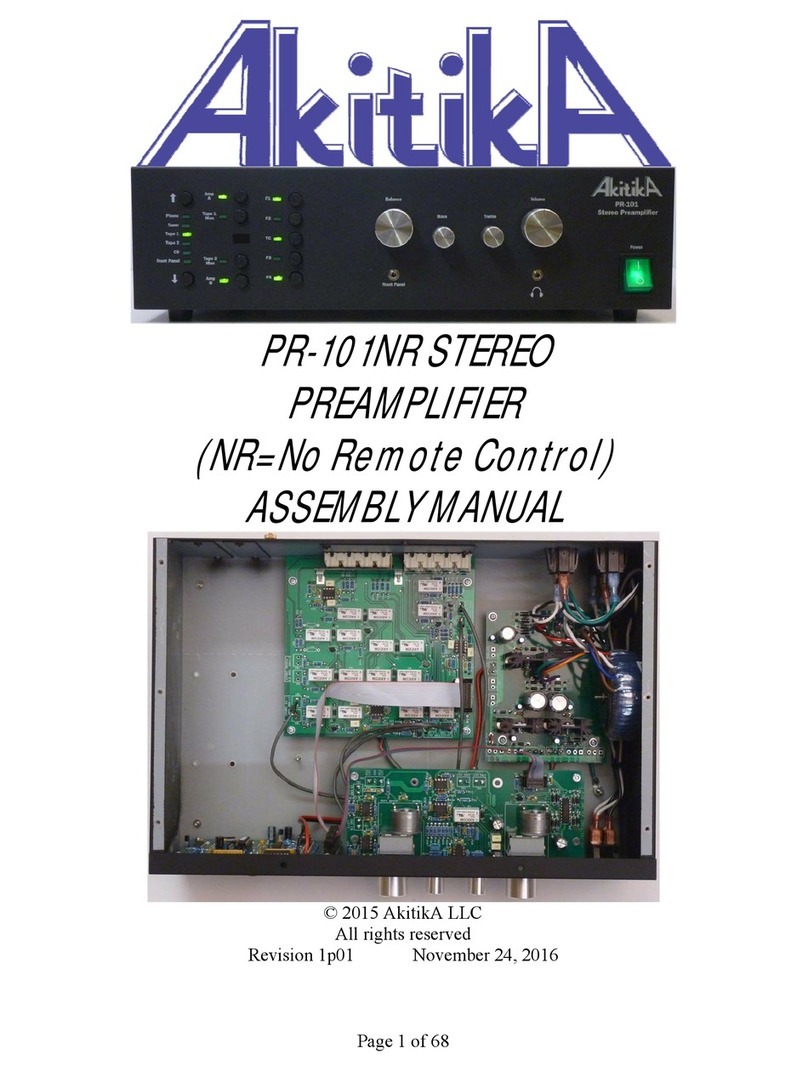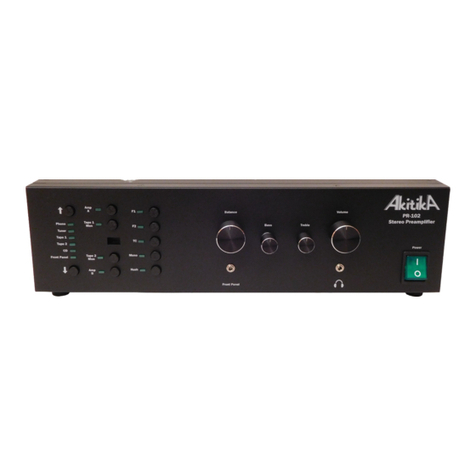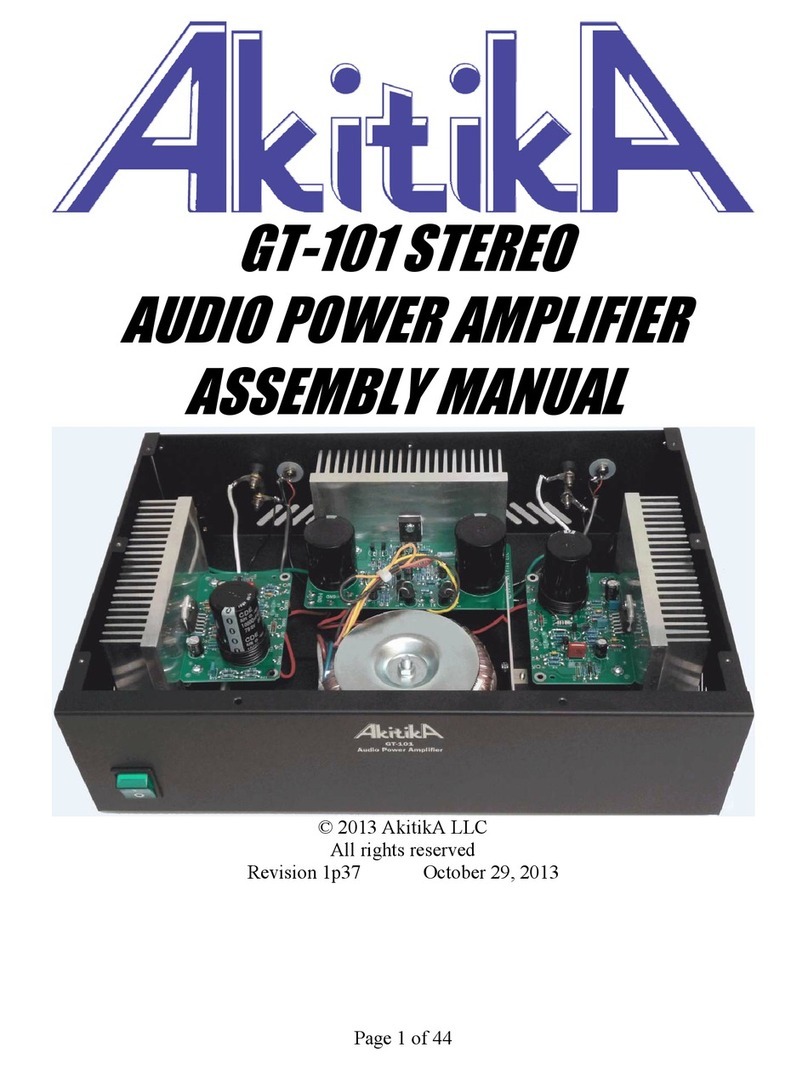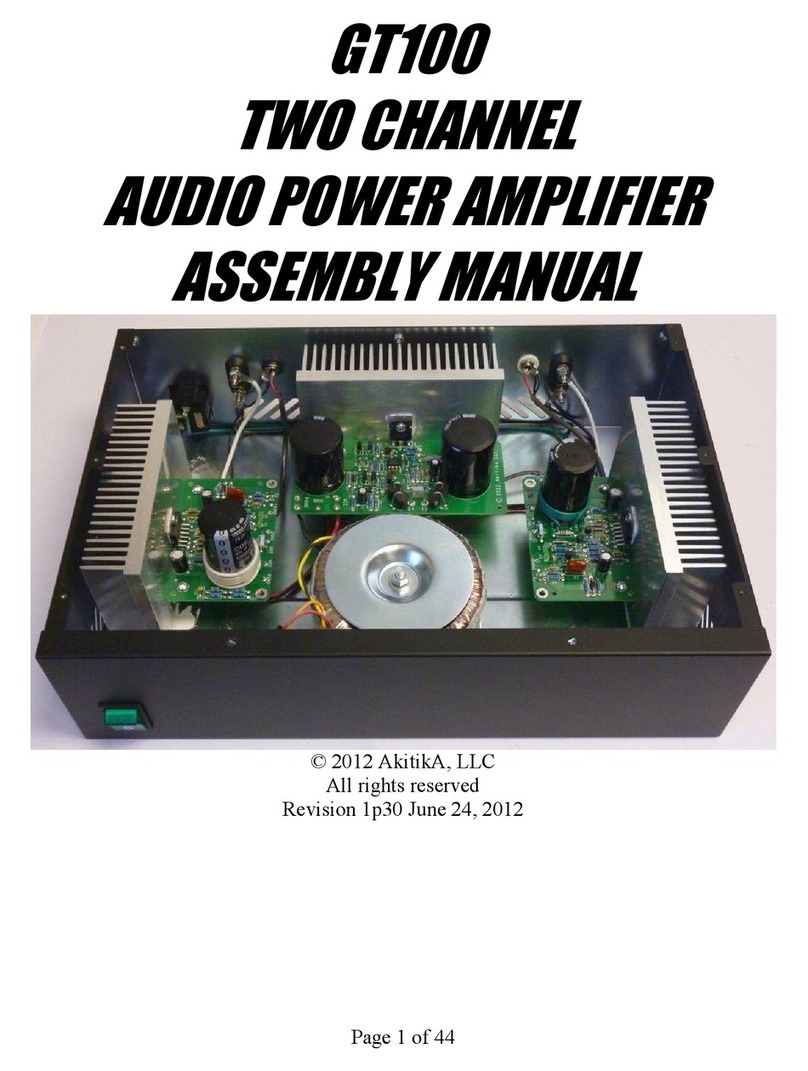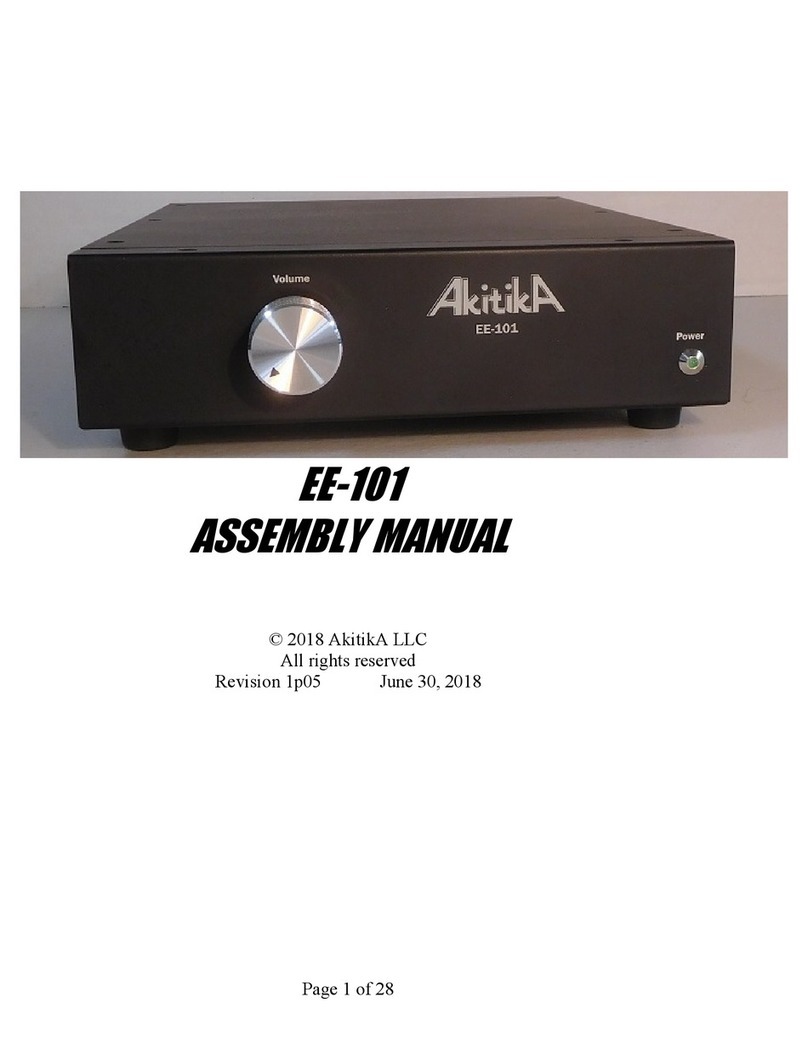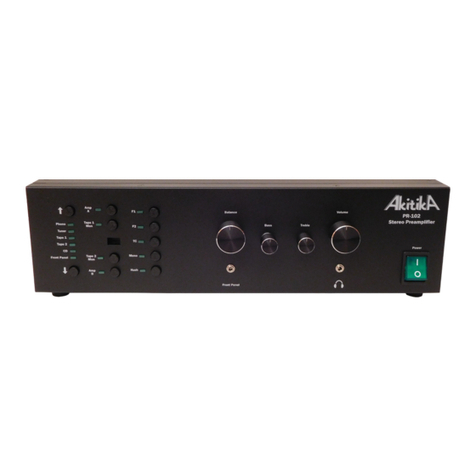
Page 2 of 32
Table of Contents
Table of Contents................................................................................................................ 2
Table of Figures .................................................................................................................. 3
Section 1: About this Manual ............................................................................................. 4
Who Should Attempt this Project? ................................................................................. 4
Tools You’ll Need........................................................................................................... 4
Project Overview ............................................................................................................ 5
Important Safet Notes ................................................................................................... 5
About Components ......................................................................................................... 5
Recommended Solder ..................................................................................................... 5
Section 2: Saving the Stuff that Should Be Saved.............................................................. 6
Opening the Amplifier .................................................................................................... 6
Cutting the wires on the old amplifier modules.............................................................. 6
Removing the LEFT channel module......................................................................... 6
Removing the RIGHT channel module ...................................................................... 7
Removing C7 RIGHT ............................................................................................... 10
Removing C7 LEFT.................................................................................................. 10
Removing the Output Zobel Networks ..................................................................... 10
Salvaging the Heat Sinks from the Amplifier Modules................................................ 12
Section 3: Checking the Stereo 120 Power Suppl .......................................................... 12
Prepare and Connect the Test Load .............................................................................. 12
Test the Power Suppl .................................................................................................. 13
The Voltage is Much More than 75.6 volts .................................................................. 13
The Voltage is Much Less than 68.4 volts.................................................................... 13
There’s No Voltage at All............................................................................................. 14
Section 4: Assembling the Amplifier Circuit Boards ....................................................... 14
Install the Resistors ....................................................................................................... 15
Install the Small Capacitors and the Diodes ................................................................. 17
Last Capacitors and the Transistors .............................................................................. 18
Winding the Output Inductor ........................................................................................ 19
Solder the LM3886 into the Board ............................................................................... 20
Final Inspection of the Circuit Board............................................................................ 22
Mounting the Updated Amplifier Board to the Heat Sink............................................ 23
Section 5: Wiring In the Updated Amplifier Modules...................................................... 24
Revise the Grounding S stem....................................................................................... 24
Revise the Power S stem.............................................................................................. 25
Complete the Ground S stem ....................................................................................... 26
Wiring the Inputs .......................................................................................................... 26
Wiring the Outputs........................................................................................................ 27
Connecting the Left Channel Amplifier Module .......................................................... 27
Connecting the Right Channel Amplifier Module........................................................ 28
Making the Speaker Binding Posts User Friendl ........................................................ 29
Section 6: Testing the Completed Amplifier .................................................................... 29
Test #1........................................................................................................................... 29
Test #2........................................................................................................................... 30
